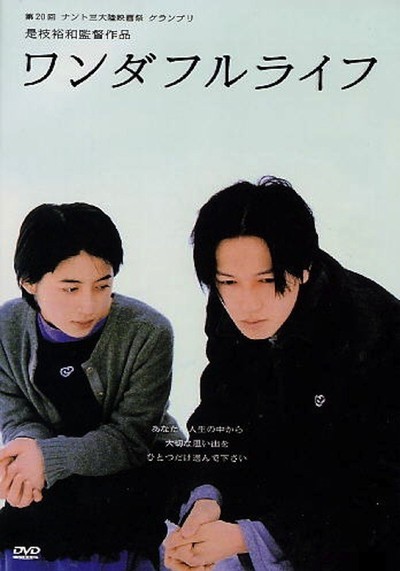Few movies affect me deeply enough to make me pause to reflect on life and death. Movies that do affect me stick with me long-term. The 1998 Japanese film After Life falls under this category. I watched it for a psychology class years ago, but I still remember it as if I just watched it. While it’s slow-paced and unsteady at times, the film captures the uncertainty of death, the memories we cherish, and the regrets we may have beautifully.
Plot
After Life is a simple film with a simple plot: Every Monday, newly deceased individuals come to a rundown-looking station to talk to “social workers” to discuss their deaths, lives, and memories. The social workers and deceased work together to determine the dead’s most precious memory that will be filmed and viewed as a send-off into the unknown. Those who cannot choose a memory work at the station—a symbol for purgatory—until they decide what memory is most important. This is where the second part of the story occurs.
Social workers Takashi (Arata) and Shiori (Erika Ode) work with the deceased to determine their memories. When Takashi works with Ichiro Watanabe (Taketoshi Naito), a man who married Takashi’s fiancé after Takashi’s death, both Takashi and Shiori reflect on their experiences.
Review
One of the best parts of After Life is that it is a quiet film. It doesn’t go for shock value; it doesn’t preach; it doesn’t try to be more than what it is. After Life is wholesome and retrospective in that it makes viewers part of the story as they may reflect on their own lives and memories.
Essentially, After Life is two films: The first part focuses on the dead and their lives, and the second is on the social workers.
The first portion of the film is interesting since some of the dead are actors while others are non-actors. Adding non-actors gave the film a more authentic feel on top of the documentary-style filming, and it helps paint the beautiful pictures their stories create. The characters’ colorful memories help eliminate the muted façade, and the world which these characters pass becomes warm and friendly. What works best is that the stories feel familiar, as if a family member is sharing his or her life story. While drawn out at times, the stories are interesting to hear.
The social workers’ tale focuses on Takashi and Shiori. Their story is interesting because the viewer does get the sense there is something unresolved with the two of them. First, there is a quasi-romance with the characters that leave viewers wondering if love can occur or continue after death. Arata and Ode do well highlighting the chemistry between the characters which made their roles believable. As the duo begins looking at their lives thanks to Mr. Watanabe, Takashi, at times, is drier than Shiori, so it’s interesting to see their contrasts.
There are, however, some plot holes in After Life, mainly why a memory has to be filmed when the social workers have all memories on film, but this is one of those films where being overly critical should be banned. The touches of fantasy used to recreate a moment are meant to make the deceased happy as they crossover, therefore, you should feel happy too while wondering what really lies beyond the here and now. The plot issues make the film endearing and clever while saying if there is a heaven, hell, or absolute nothingness after we die. For this, the film is brilliant.
If you don’t mind slow moments, After Life is a sweet film that goes right to the heart. It sticks with viewers in a positive way. This is why the film earns a 4/5.
—-Joelle Halon

